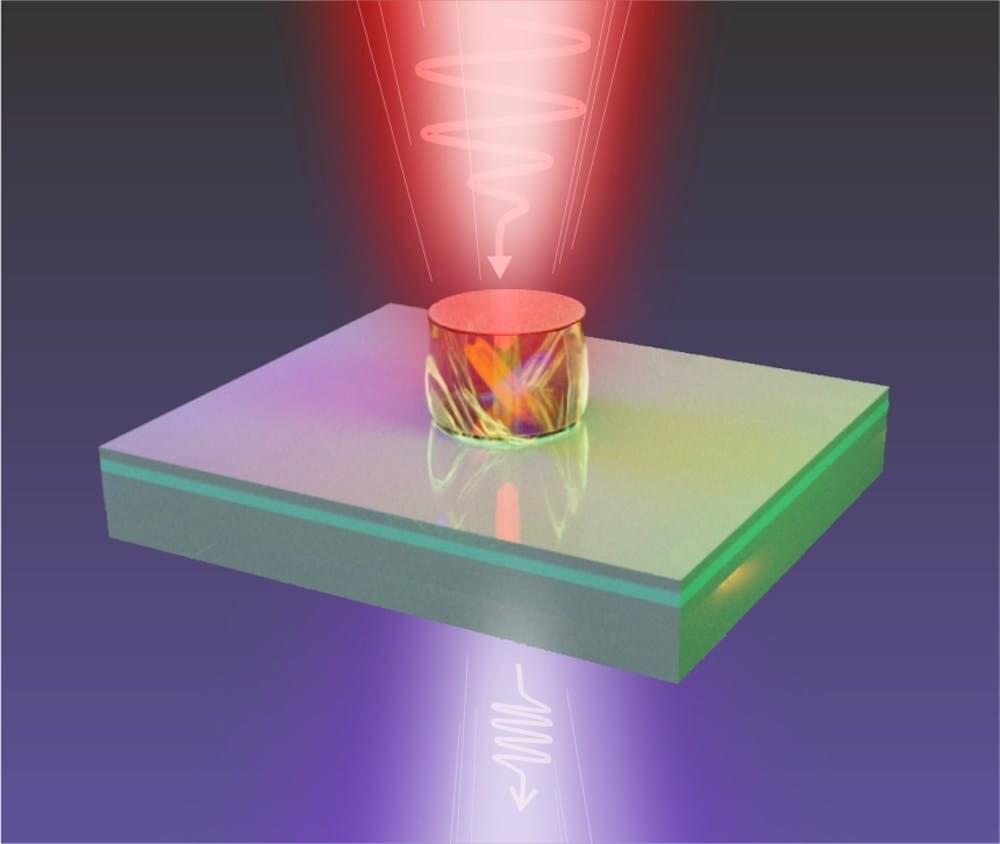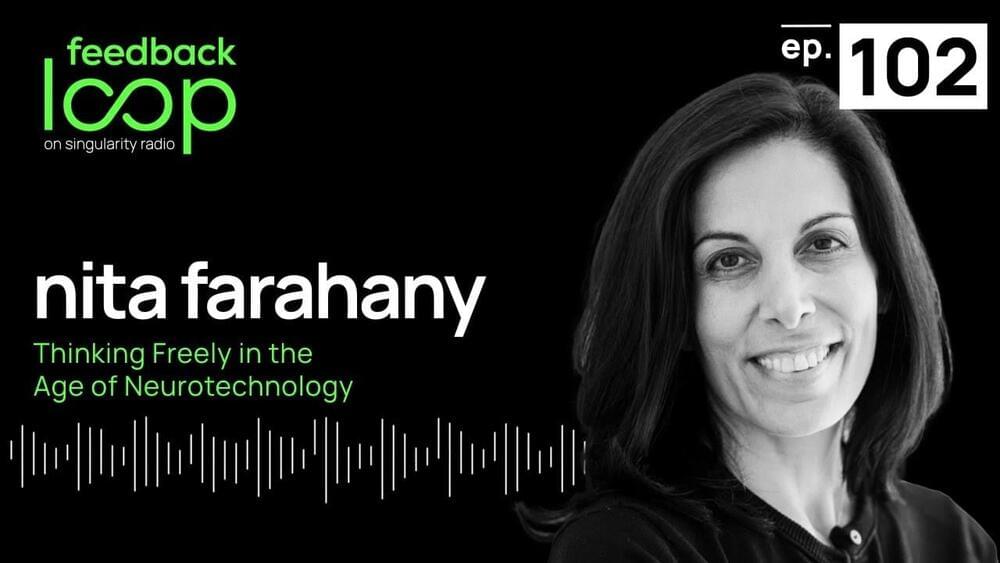Published 2 days ago.
Solar panels have long been criticized for their appearance, with some people arguing that the large, opaque panels spoil the look of homes.
The detectives working in Allonnia’s labs have discovered naturally occuring bacterium with an affinity to derive their energy from 1,4-dioxane.
Microsoft’s co-founder said the technology race to win is the development of the top AI agent.
Many investors worry about the future of Berkshire Hathaway after its legendary CEO Warren Buffett is gone, but most of the conglomerate’s companies have already made the transition to reporting to the man who will eventually replace the 92-year-old.
Buffett himself and executives at Berkshire Hathaway companies like See’s Candy and Dairy Queen say they don’t have any qualms about Vice Chairman Greg Abel’s ability to lead the conglomerate. Abel already oversees all of Berkshire’s noninsurance businesses. So the main parts of the CEO job he’s not already doing are overseeing the insurance side of the company and deciding how to invest Berkshire’s nearly $131 billion in cash.
Buffett reassured investors at Saturday’s annual meeting that he believes Abel is the right man for the job and that he does know how to allocate capital following the same model Buffett uses even if he’s not making those spending decisions now. Plus, Abel did help oversee a number of large acquisitions at Berkshire’s utility unit that he led from 2008 until 2018, including the purchases of NV Energy in Nevada for $5.6 billion and Canadian power transmission firm Altalink for nearly $3 billion.
Apple Inc.’s annual WWDC developers’ conference is fast approaching — and this one promises to be a bit more eventful than most, as the consumer-electronics giant is expected to debut its long-awaited mixed-reality headset.
The company hasn’t made a major product introduction since it rolled out the Apple Watch in 2015, but with an expensive headset supporting augmented and virtual reality, Apple AAPL,-0.88% will be entering into a market that has so far failed to catch on in a mainstream way. Meta Platforms Inc. META, +0.85% has bet big on virtual reality with its Oculus headset, with only limited traction.
You only need two simple letters to accurately convey the major shift in the technology space this year: A and I. Beyond those letters, however, is a complex, evolving and exciting way in which we work, communicate and collaborate. As you will see, artificial intelligence is a common thread as we embark on Microsoft Build, our annual flagship event for developers.
High-frequency light is useful. The higher the frequency of light, the shorter its wavelength—and the shorter the wavelength, the smaller the objects and details the light can be used to see.
So violet light can show you smaller details than red light, for example, because it has a shorter wavelength. But to see really, really small things—down to the scale of billionths of a meter, thousands of times less than the width of a human hair—to see those things, you need extreme ultraviolet light (and a good microscope).
Extreme ultraviolet light, with wavelengths between 10 and 120 nanometers, has many applications in medical imaging, studying biological objects, and deciphering the fine details of computer chips during their manufacture. However, producing small and affordable sources of this light has been very challenging.
New model for human evolution suggests Homo sapiens arose from multiple closely related populations.
A new study in Nature challenges prevailing theories, suggesting that Homo sapiens evolved from multiple diverse populations across Africa, with the earliest detectable split occurring 120,000–135,000 years ago, after prolonged periods of genetic intermixing.
In testing the genetic material of current populations in Africa and comparing it against existing fossil evidence of early Homo sapiens populations there, researchers have uncovered a new model of human evolution — overturning previous beliefs that a single African population gave rise to all humans. The new research was published on May 17, in the journal Nature.
Our guest is Nita Farahany, a Distinguished Professor at Duke University where she heads the Science, Law, and Policy Lab. The research she conducts in her lab specifically focuses on the implications of emerging neuroscience, genomics, and artificial intelligence; and, as a testament to her expertise, there is a long, long list of awards and influential positions she can lay claim to, including an appointment by Obama to the Presidential Commission for the Study of Bioethical Issues.
In this episode, we explore Nita’s recent publication, provocatively entitled, The Battle for Your Brain: Defending the Right to Think Freely in the Age of Neurotechnology. This takes us on our tour of the current neurotechnology that exists, the upcoming ways in which this tech will be integrated into our daily products, how it will shape our decision making, the profound list of ethical considerations surrounding cognitive liberty, and much more.
See more about Nita at nitafarahany.com or follow her at twitter.com/NitaFarahany.
Learn more about Singularity: su.org
Host: Steven Parton — LinkedIn / Twitter
Music by: Amine el Filali.








